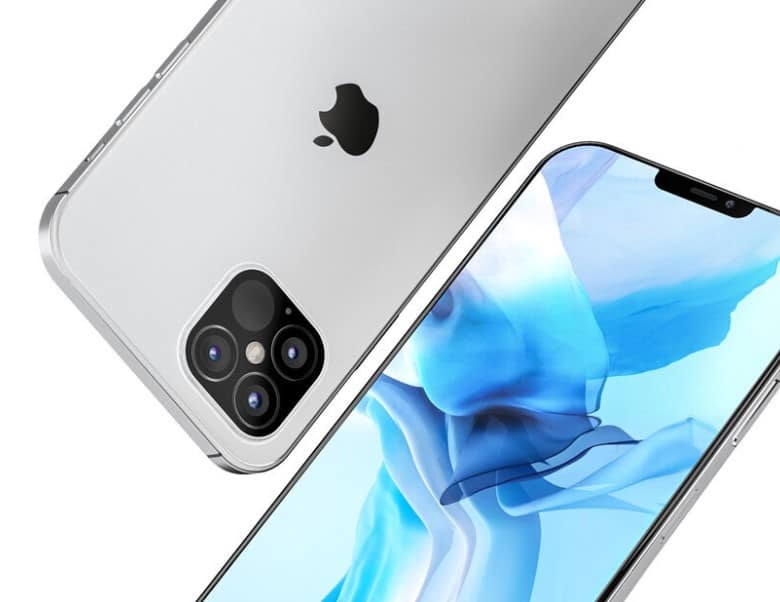Back in February, you know, the old days when Americans actually attended NBA games, the word out of India was that Beijing Oriental Electronics (BOE) was looking to become a supplier of OLED panels to Apple. Samsung produces a huge majority of iPhone 11 Pro and iPhone 11 Pro Max displays and BOE was hoping to give Apple another option besides paying its main smartphone rival for this key component.
BOE wants to be a big player in Apple and Samsung’s supply chain
Not only is BOE looking to replace Samsung’s displays on the iPhone, but it also wants to supply Samsung with OLED panels for its future flagship phones. Samsung has been looking toward China to find a company willing to sell it OLED screens at a lower cost than the ones it produces itself. But Korea’s Double D reports (via AppleInsider) that BOE has failed quality tests done by both Apple and Samsung. The latter had requested a quote from BOE for OLED panels for the 2021 Galaxy S models and could not pass the quality test. Once the quality and mass production tests are passed, the panels can be mounted on the customer’s product. However, BOE could not make it past the first phase.
According to an industry source, BOE did not deliver its first batch of iPhone 12 screens. Late last year, a report stated that this year Apple will buy 45 million OLED panels for the iPhone 12 series from BOE, 26 million from LG Display, and 150 million from Samsung; last year Samsung delivered 230 million such panels to Apple. Since we are in the first half of 2020, it is not too late for BOE to get its act together so that it can still supply Samsung with OLED panels. Market research firm DSCC points out that Samsung wants BOE to supply it with a 6.67-inch flexible OLED panel for one of 2021’s Galaxy S models.
Despite the failure of not passing Apple and Samsung’s quality testing, one industry executive said, “It is too early to mention, but it is clear that the BOE is making steady contact with Samsung Electronics and Apple.” Samsung remains the leading supplier in the marketplace as it was responsible for 79.4% or 36.8% of the OLED panels used on mobile devices during the first quarter of 2020. That data came from mobile research firm Stone Partners. LG Display shipped 4.6 million panels representing 10% of the total number delivered, and BOE shipped 4.5 million screens for a 9.9% market share.
Apple is expected to produce four new iPhone 12 models this year including the 5.4-inch iPhone 12, the 6.1-inch iPhone 12 Plus, the 6.1-inch iPhone 12 Pro, and the 6.7-inch iPhone 12 Pro Max. Not only will all four models have an AMOLED Display, but the two Pro models will feature a lightning-fast 120Hz refresh rate; this means that the displays update 120 times each second; the result is buttery smooth scrolling and improved game animations.
All four models will be powered by the 5nm A14 Bionic chipset loaded with 15 billion transistors each. The Pro models could feature 6GB of memory (4GB on the other two “non-Pro variants) and might offer 128GB of storage and up. The iPhone 12 and iPhone 12 Plus are rumored to be equipped with a Wide and Ultra-wide camera while also featuring a LiDar time-of-flight depth sensor. This will help create enhanced AR capabilities and improved portrait shots. The Pro models are expected to have the same array of cameras but add a Telephoto camera with 3x optical zoom.
For those who have been pleased with the much-improved battery life on the iPhone 12 series, the batteries powering the 2020 phones are going to be even larger. For example, the iPhone 12 Pro Max is said to carry a 4400mAh capacity battery compared to the 3960mAh battery on the iPhone 11 Pro Max; however, the new models will support 5G and the Pro units have the 120Hz refresh rate to power.

